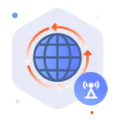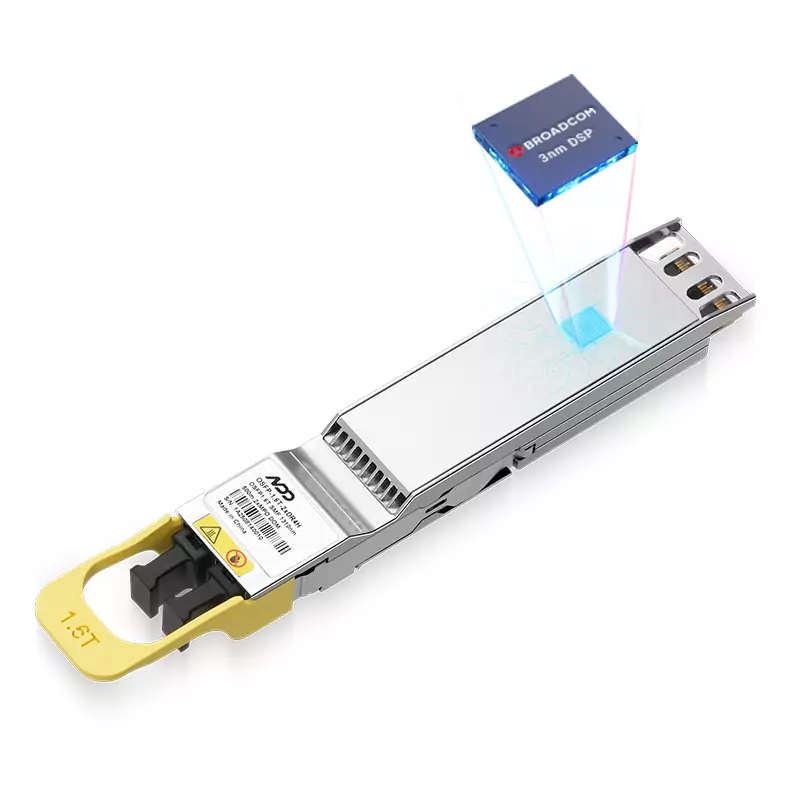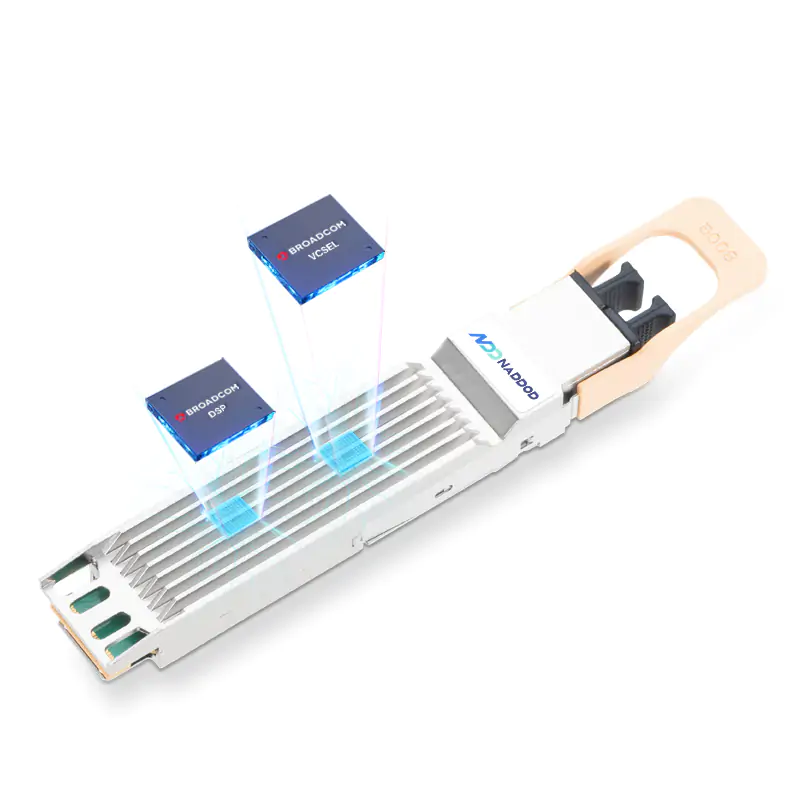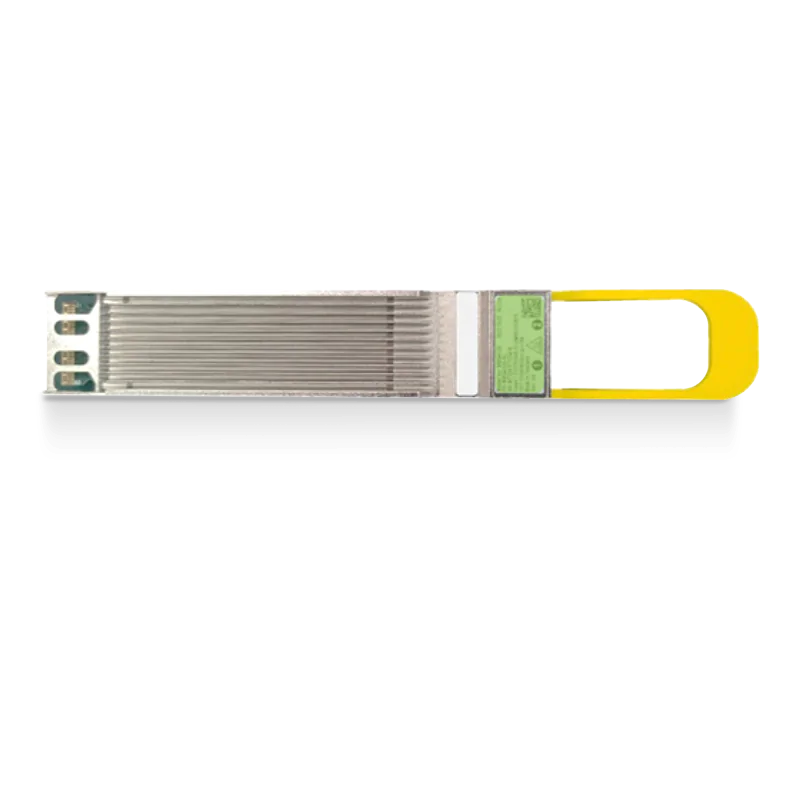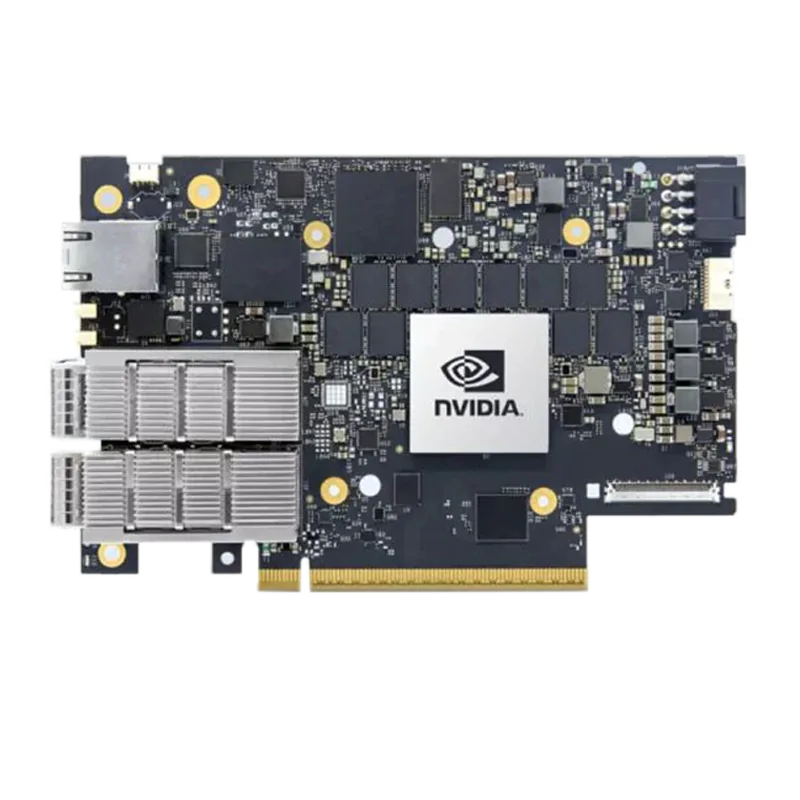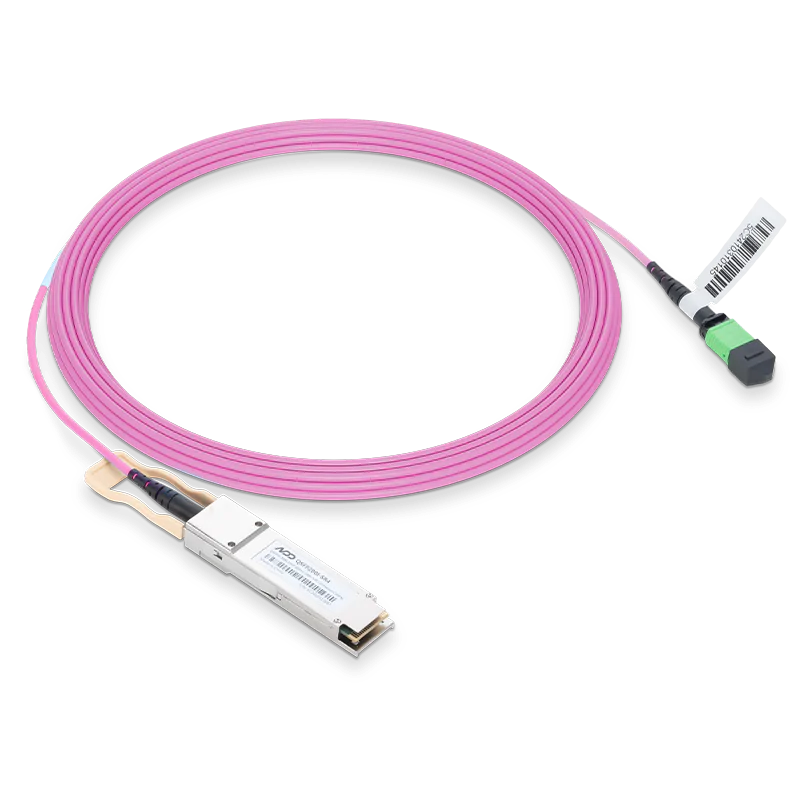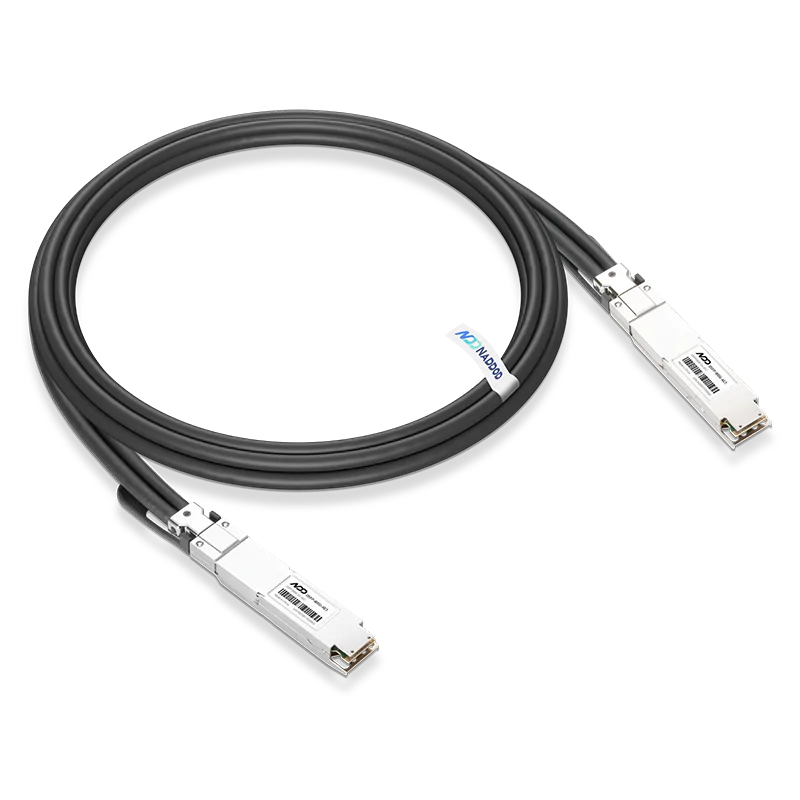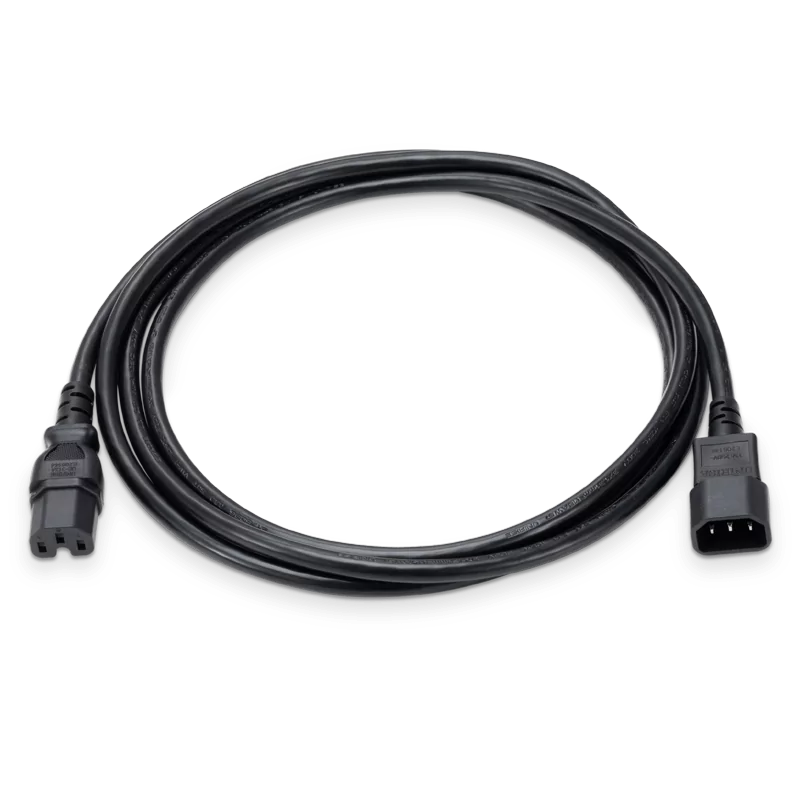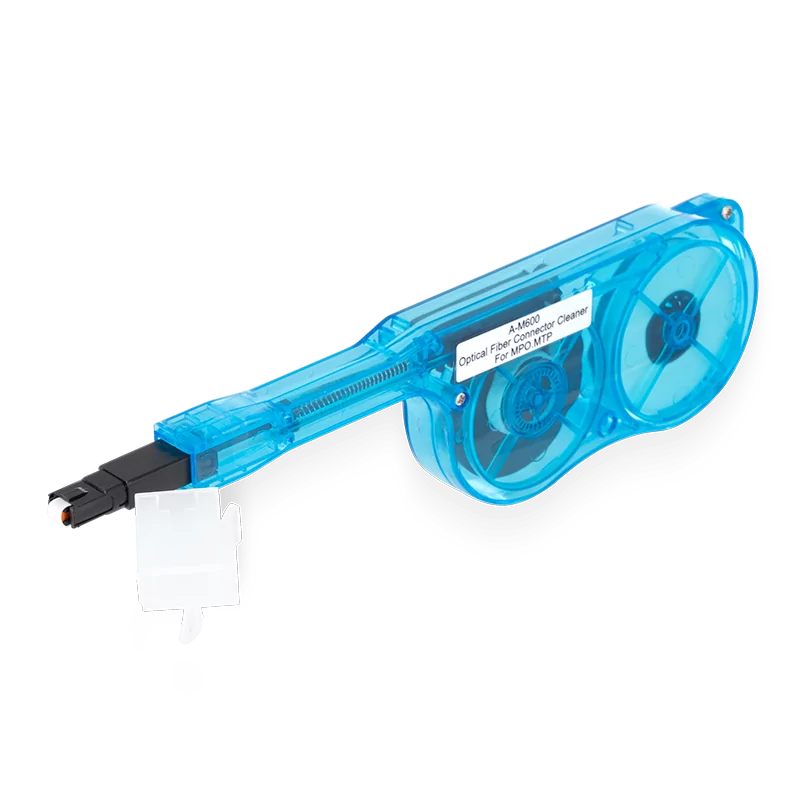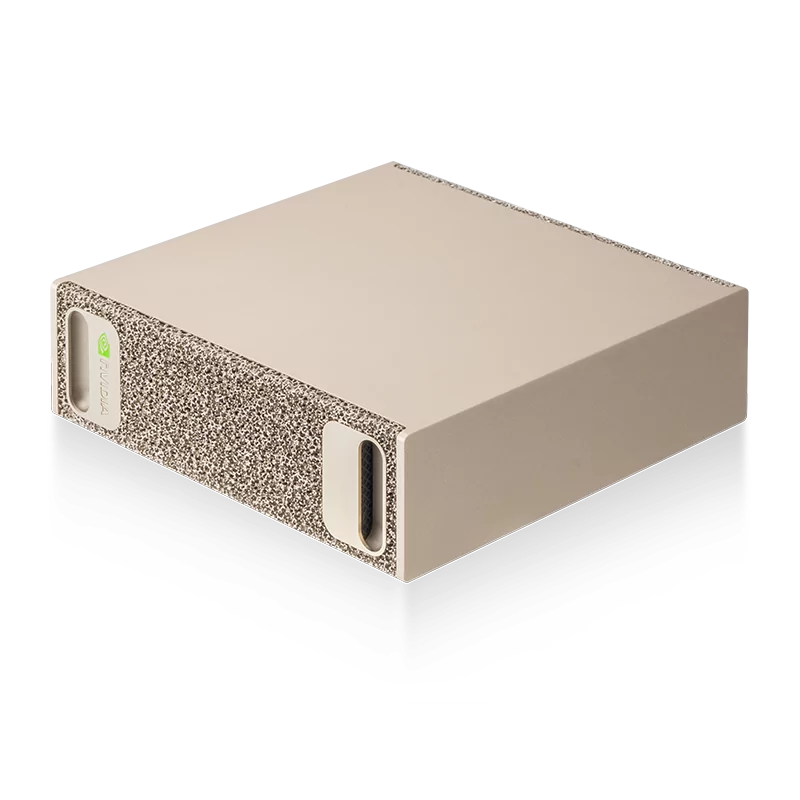Find the best fit for your network needs

share:
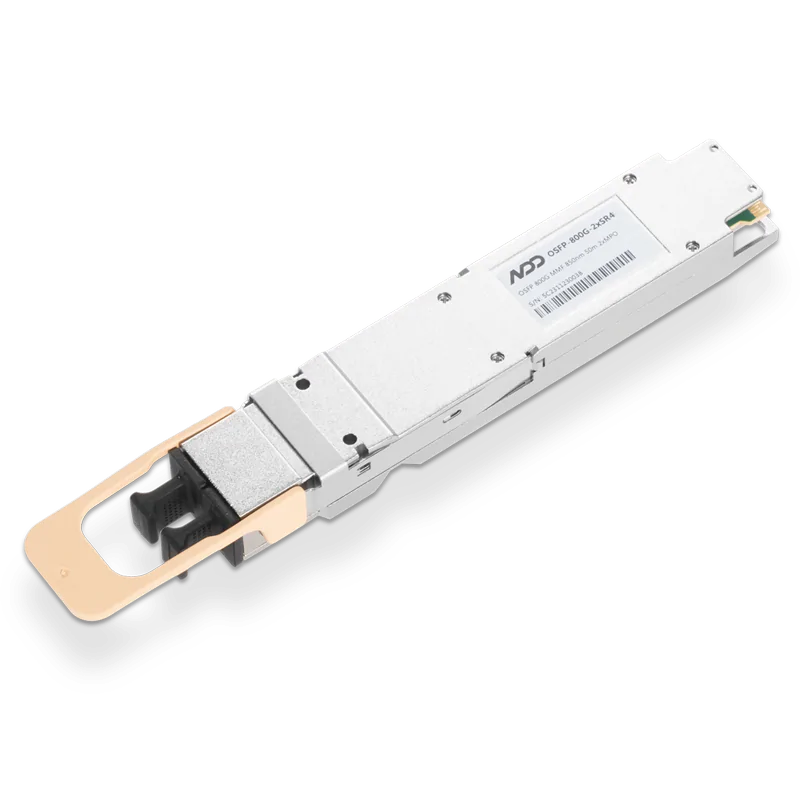 800GBASE-2xSR4 OSFP PAM4 850nm 50m MMF Module
800GBASE-2xSR4 OSFP PAM4 850nm 50m MMF ModuleLearn More
Popular
- 1Full Understanding of MTP/MPO System Polarity
- 2How to Check the Optical Transceiver Rate? How to Choose the Correct Rate?
- 3Standard PoE Switches and Non-standard PoE Switches
- 4The Key Role of High-quality Optical Transceivers in AI Networks
- 5Common Problems While Using Optical Transceivers in AI Clusters


